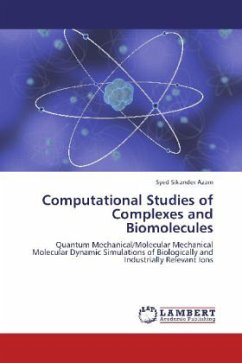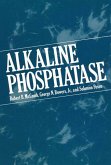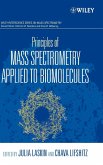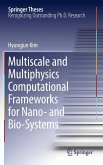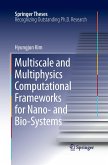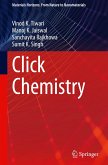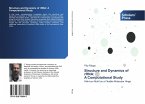In this book, we have focused on the following two projects: (1) mechanisms of peptide hydrolysis, and (2) aggregation of biomolecules. A plethora of theoretical and computational techniques; quantum mechanics, molecular dynamics, and molecular docking have been employed to accomplish the goals of these projects. The selective hydrolytic cleavage of the extremely stable peptide bond (-(O=)C-NH-) of peptides and proteins by enzymes and their analogues is required in a wide range of biological, biotechnological and industrial applications. In the first project, we have elucidated the mechanisms of peptide hydrolysis by non-metallic (beta secretase (BACE)) and metallic (insulin degrading enzyme (IDE) and neprilysin (NEP)) enzymes and the synthetic analogues of metallo-enzymes. In addition, mechanisms of activation of IDE through small molecules and alteration in substrate specificity of NEP have been investigated. The aggregation of biomolecules has been implicated in a large numberof neurological disorders. In the second project, the aggregation mechanisms of insulin and Alzheimer`s amyloid beta (A ) peptide have been studied.
Bitte wählen Sie Ihr Anliegen aus.
Rechnungen
Retourenschein anfordern
Bestellstatus
Storno


